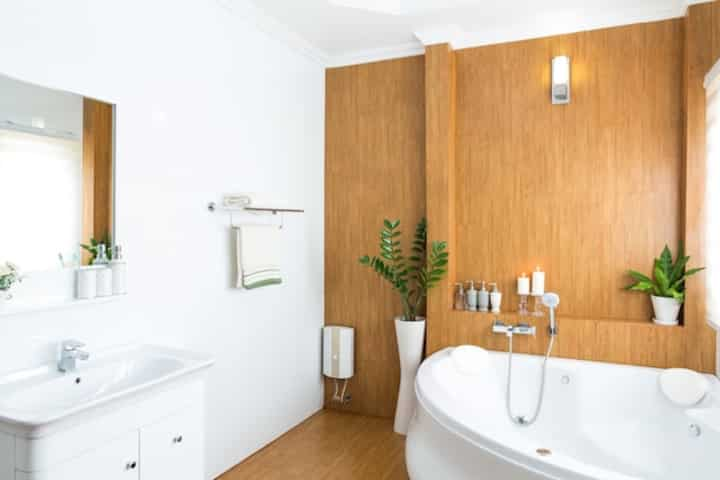
Effortless Walk-In Shower Installation Creating a Modern Wheelchair Accessible Bathroom
Modernizing a bathroom to accommodate accessibility needs can be a transformative project. Among various solutions, installing a walk-in shower stands out as an effective way to enhance both functionality and style. A well-designed walk-in shower not only serves as a practical option for those using wheelchairs but also contributes to the aesthetic appeal of the bathroom. This article explores the process of installing a walk-in shower, focusing on creating a modern, wheelchair-accessible bathroom that caters to diverse needs.
Understanding the Basics of Walk-In Shower Installation
Key Considerations
- Space Optimization: Assess the available bathroom space to ensure a comfortable layout that accommodates a walk-in shower.
- Accessibility Features: Incorporate features such as grab bars, non-slip flooring, and a shower bench for enhanced safety and convenience.
- Water Drainage: Ensure proper sloping and drainage systems to prevent water accumulation and slipping hazards.
Read more about this topic here.
Choosing the Right Fixtures and Materials
- Durable Materials: Opt for materials that withstand moisture and frequent usage, such as ceramic tiles or waterproof panels.
- Easy-to-Use Fixtures: Select lever-style handles and adjustable showerheads for ease of use by individuals with limited mobility.
- Visual Appeal: Consider aesthetic elements such as color schemes and tile patterns that complement the overall bathroom design.
Find additional information here.
Steps to Install a Walk-In Shower
Preparation and Planning
- Measure the Space: Accurate measurements are crucial to ensure the walk-in shower fits perfectly within the allotted space.
- Create a Design Plan: Develop a comprehensive design plan that outlines the placement of the shower, fixtures, and accessibility features.
- Obtain Necessary Permits: Ensure compliance with local building codes and regulations by securing the necessary permits before installation.
Explore further insights here.
Installation Process
- Demolition and Removal: Begin by removing existing fixtures and materials to prepare the space for the new installation.
- Install Drainage System: Properly install the drainage system to ensure efficient water flow and prevent leaks.
- Set Up Wall Panels and Flooring: Install waterproof wall panels and non-slip flooring for safety and durability.
- Install Fixtures: Securely install fixtures such as the showerhead, grab bars, and bench according to the design plan.
Learn more in this detailed guide here.
Benefits of a Wheelchair Accessible Walk-In Shower
- Enhanced Safety: Features like grab bars and non-slip surfaces significantly reduce the risk of slips and falls.
- Increased Independence: Accessible showers empower individuals to manage personal care tasks more independently.
- Modern Aesthetic: A walk-in shower adds a contemporary touch to any bathroom, enhancing its overall appeal.
Explore further insights here.
Conclusion
Installing a walk-in shower is an excellent way to modernize a bathroom while ensuring it meets accessibility needs. By carefully planning the space, choosing the right materials, and following a structured installation process, homeowners can create a bathroom that is both functional and stylish. For those seeking to create a more accessible home environment, a walk-in shower offers a practical solution that enhances safety, independence, and aesthetic appeal. For further guidance and insights into bathroom remodeling, find additional information here.